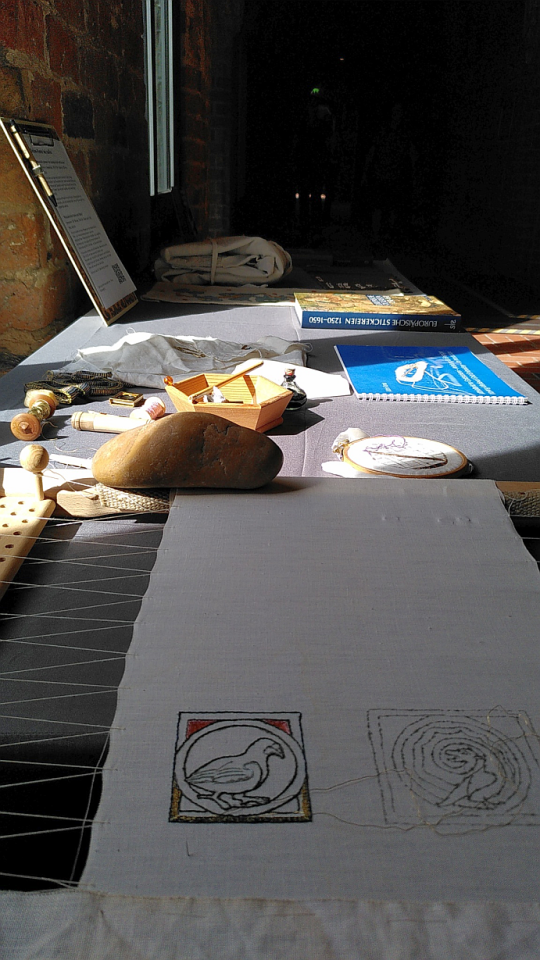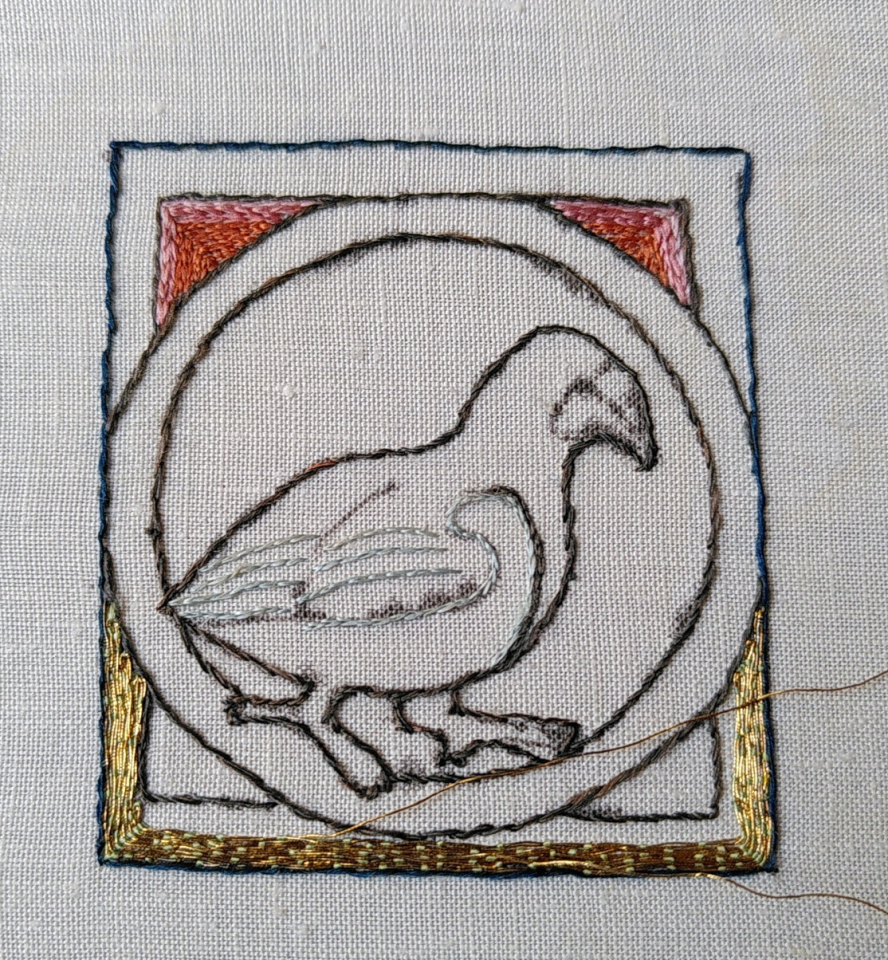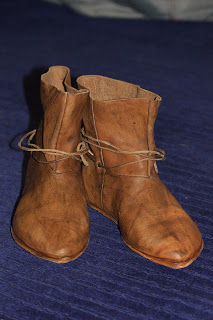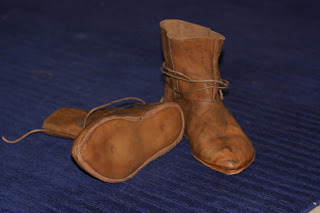There's an online symposium about "Thy Father's Instruction: Reading the Nuremberg Miscellany as Jewish Cultural History by Dr. Naomi Feuchtwanger-Sarig", hosted by the Goldstein Centre, on September 14. It's to celebrate a book launch and starts at 18:00 Israel time, so you might want to check your timezone if you'd like to attend; it's free but you will have to register. Read more about this on the Centre's website, where you can also register.
Not online, and not free, but well worth it if you're in German Living History and interested in the topics covered: the Nobilitas-Akademie. Nobilitas is a group to preserve old crafts - which means they also organise crafter's markets, or events at museums that involve historical crafts. They also try to spread knowledge, and help people exchange knowledge and network, and one of the possibilities to do that is their Akademie.
It takes place in a castle-turned-youth-hostel, and this year's academy is on November 11 to 13. There's talks about medieval cooking, fighting, Cisterciensians, technical knowledge of the Middle Ages, and more. Apart from the presentations, there's time to talk and network with the other participants, and the last time I've attended, there was also some medieval gaming. Check out their programme on the Nobilitas website, where you'll also find their registration form.







